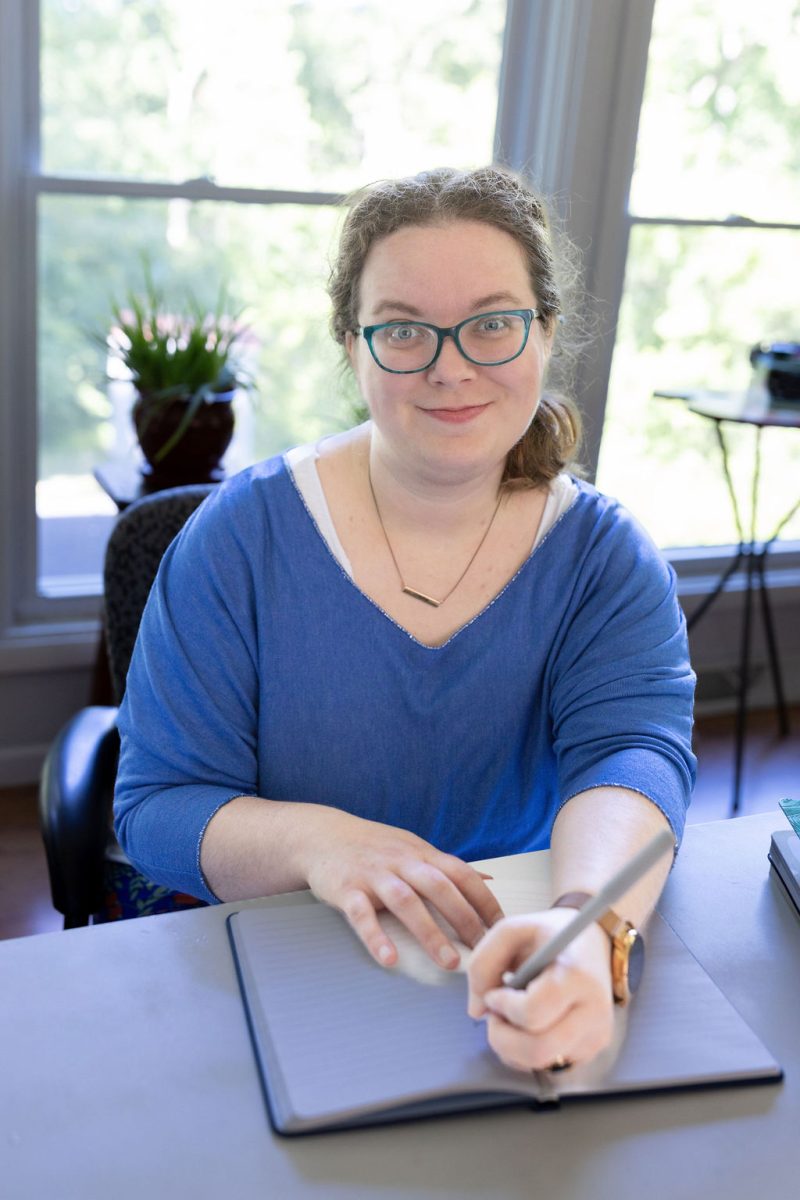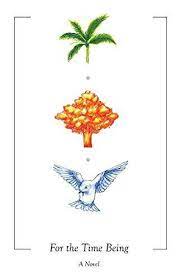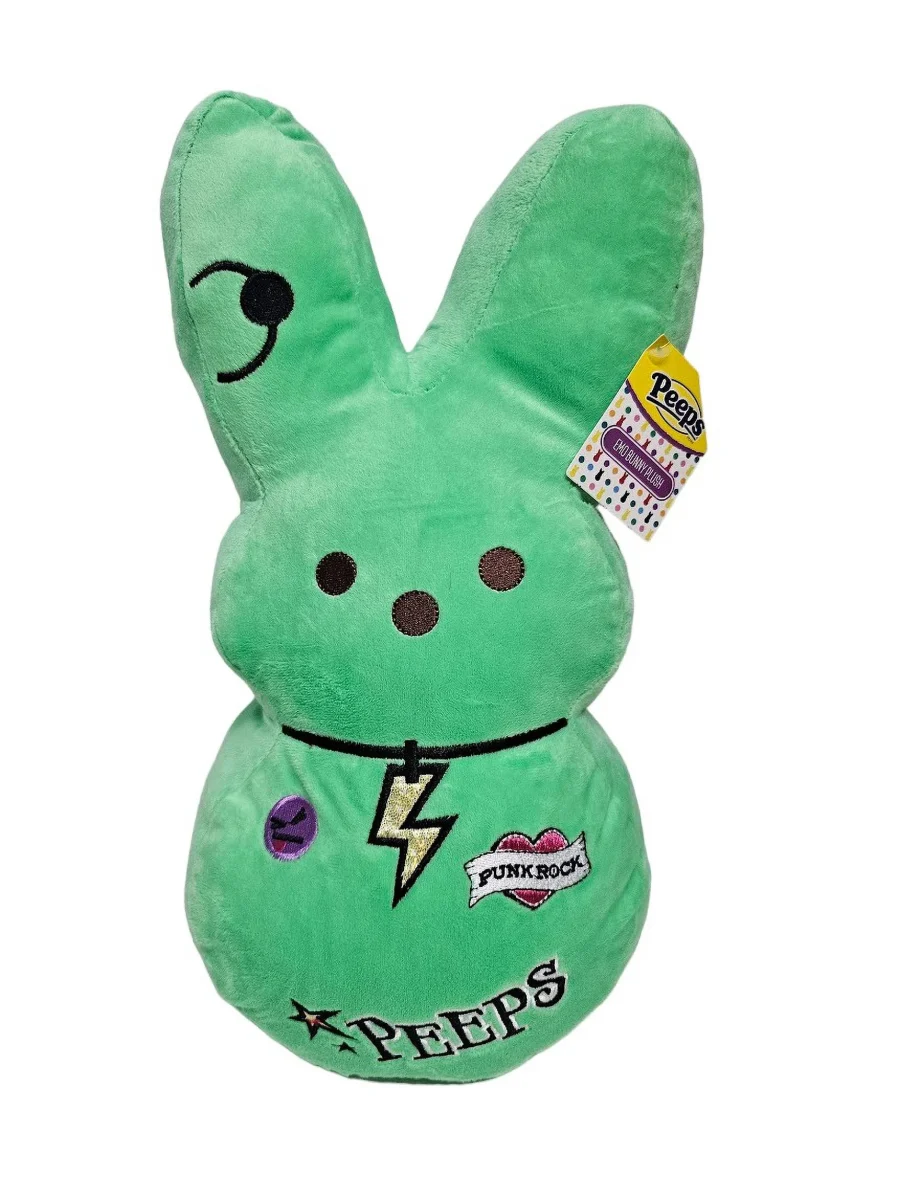We had the pleasure of interviewing recent contributor Chad Lutz. Check their work out in our 2020 issue.
You published your first book, For the Time Being, in March of 2020. How did you feel about publishing your first book, specifically the anxiety of creating a collection of pieces that is entirely yours out in the world for people to read?
There was little anxiety, really. I’ve been ready to put a book out into the world practically my entire life. I started writing novels when I was eighteen. For the Time Being was the culmination of a sixteen-year-old dream.
In the piece you published for ELM, Marjorie, the visual layout for the piece is varied throughout the poem with stanzas not being the same length. How does the visual layout in a piece attribute to the message and/or what is happening in the poem?
Line breaks often add volume or represent absence in my work. I use them to invite pause or begin new ideas. I feel like controlling the length of stanzas allows authors the ability to create distinct and contrasting images without sacrificing pace. I mostly use line breaks to isolate images, and I think a lot of how I write comes from the images that drive the narrative.
In several pieces of yours I have read, there is a lack of punctuation. How does the lack of punctuation in your pieces contribute to the overall tone, pacing etc. that the reader can pick up on?
It kind of goes in line with the way I write stanzas: the image is there, so the punctuation doesn’t necessarily matter for the reader to know what’s happening. It’s more of an implication.
A writer only has so much space to work with when creating a piece. When words are repeated, they often should mean something different each time they are repeated. On a craft level, how do you approach the repetition of words in your pieces and ensuring they mean something different each time?
I don’t know that I want words to mean something different when I repeat them. I often use them to reintroduce or emphasize thoughts and feelings.
Oftentimes when writers choose to include rhyme in their pieces they may become cliché or too singsongy. How do you make sure your rhymes don’t become either of these and/or what is your process in choosing to include rhymes in your pieces?
I use rhyme for flow, but I guess not very often. I find rhyme can recapture the attention of the reader because it’s something recognizable and familiar.
How do you ensure the characters’ struggles, actions, and/or beliefs, overlap with the themes in your pieces?
I try to make my characters express a work’s themes explicitly. Dialogue is my best friend.
In many of your pieces the point of view is in first person. How does the narrator’s point of view alter the way a reader may view conflicts, plot and theme?
I think first-person makes a work more personal, second-person can be just as personal because it includes the reader, but I think there’s always an extra degree of removal, which isn’t necessarily bad, but does require a different kind of approach to nail. They all do. And I think that’s part of the fun of literature. Rising to the occasion and besting the challenge.





